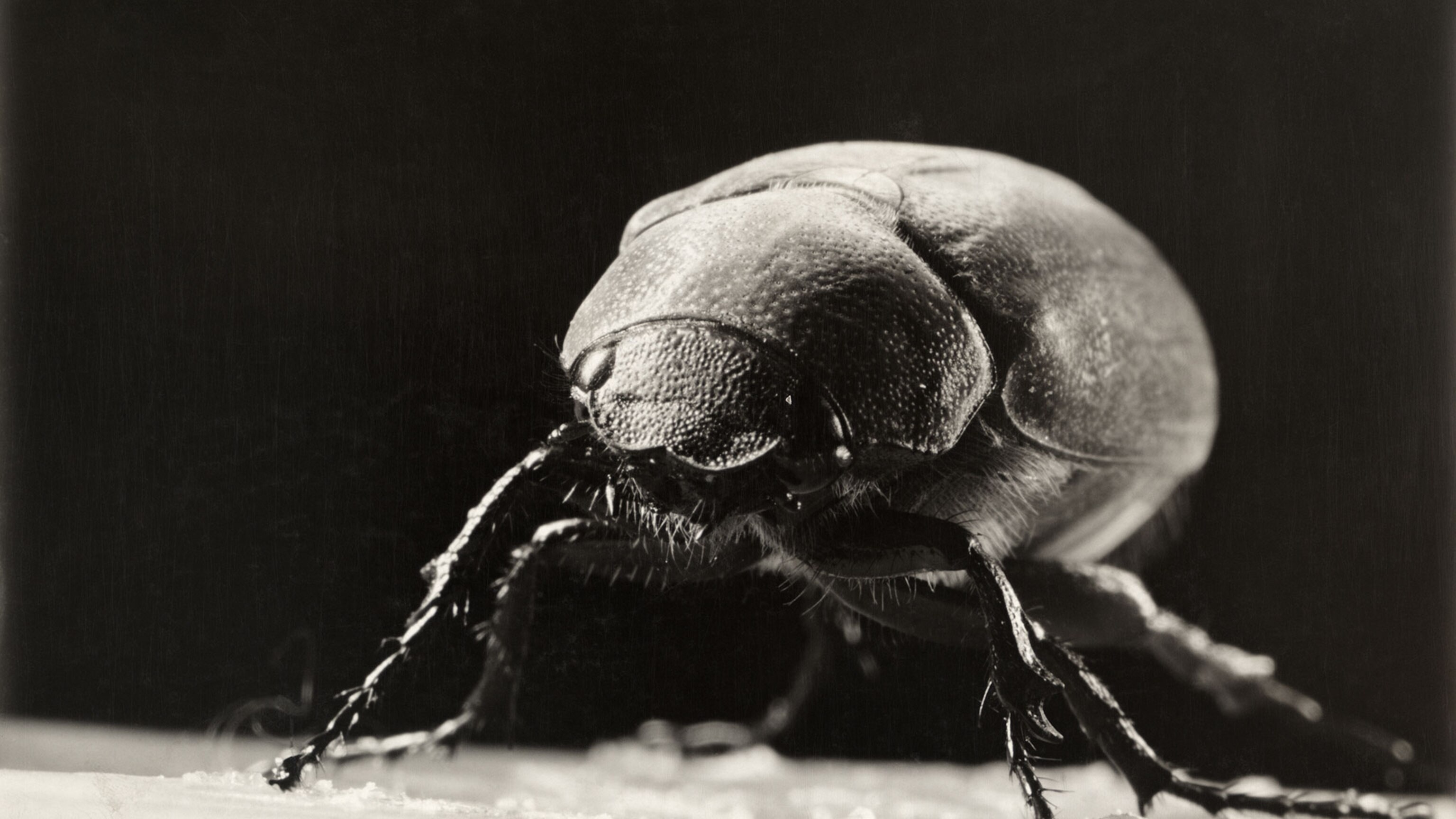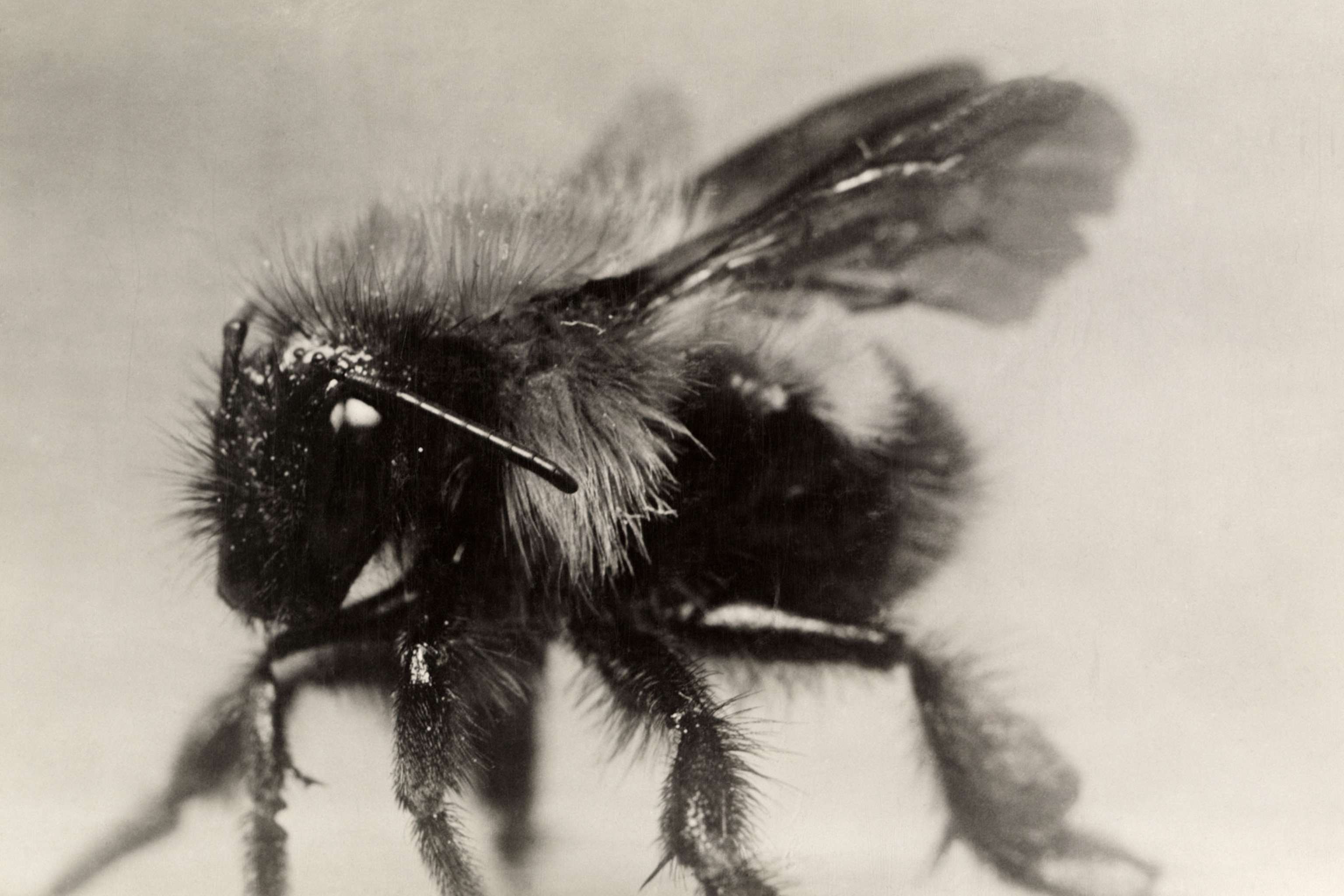Every animal needs water. This vital substance propels all life on earth, from the largest of mammals to the smallest of wasps.
Footage captured in Nasiriyah, Iraq shows a curiously mesmerizing scene of a wasp getting pummeled by drops of water coming from a pipe. At first glance, the wasp seems to be trying to catch the water, but the water proves to be too heavy and the wasp keeps returning to be dropped again drip by drip.
But the wasp is not, in fact, engaging in some Sisyphean feat. The wasp is rather gathering water—and drinking.
“It's pretty common to see wasps collecting water,” says Elizabeth Tibbetts, an ecology and evolutionary biology professor at the University of Michigan. “Wasps return to a good foraging site day after day, so I bet that wasp has visited the dripping pipe many times.”

















Indeed, the wasp returned several times to fetch water, according to videographer Ahmed Abbas. He captured this footage on June 22, when the temperature climbed eight degrees above the historical average to reach 111 degrees Fahrenheit.
Wasps don’t just drink water. They use it “for lots of different things: they mix water with wood pulp to construct their nest, use water for cooling their nest on hot days, and share the water with nest-mates and larvae,” Tibbetts explains. (Related: Animals, like wasps, become more altruistic in changing environments.)
These insects collect and transfer the water by first swallowing it and then regurgitating into other wasp’s mouths, in a process called trophallaxis, Tibbetts says.
Wasps can often be found hovering near water since it’s so important to stay hydrated, especially when it’s very hot and dry. But they have to be careful because if their wings get too drenched, they won’t be able to fly.
In the video, Tibbetts says that the wasp is “maneuvering carefully to get a drink without getting too wet.”
It’s a delicate and mesmerizing dance.
You May Also Like
Go Further
Animals
- Octopuses have a lot of secrets. Can you guess 8 of them?
- Animals
- Feature
Octopuses have a lot of secrets. Can you guess 8 of them? - This biologist and her rescue dog help protect bears in the AndesThis biologist and her rescue dog help protect bears in the Andes
- An octopus invited this writer into her tank—and her secret worldAn octopus invited this writer into her tank—and her secret world
- Peace-loving bonobos are more aggressive than we thoughtPeace-loving bonobos are more aggressive than we thought
Environment
- This ancient society tried to stop El Niño—with child sacrificeThis ancient society tried to stop El Niño—with child sacrifice
- U.S. plans to clean its drinking water. What does that mean?U.S. plans to clean its drinking water. What does that mean?
- Food systems: supporting the triangle of food security, Video Story
- Paid Content
Food systems: supporting the triangle of food security - Will we ever solve the mystery of the Mima mounds?Will we ever solve the mystery of the Mima mounds?
- Are synthetic diamonds really better for the planet?Are synthetic diamonds really better for the planet?
- This year's cherry blossom peak bloom was a warning signThis year's cherry blossom peak bloom was a warning sign
History & Culture
- Strange clues in a Maya temple reveal a fiery political dramaStrange clues in a Maya temple reveal a fiery political drama
- How technology is revealing secrets in these ancient scrollsHow technology is revealing secrets in these ancient scrolls
- Pilgrimages aren’t just spiritual anymore. They’re a workout.Pilgrimages aren’t just spiritual anymore. They’re a workout.
- This ancient society tried to stop El Niño—with child sacrificeThis ancient society tried to stop El Niño—with child sacrifice
- This ancient cure was just revived in a lab. Does it work?This ancient cure was just revived in a lab. Does it work?
- See how ancient Indigenous artists left their markSee how ancient Indigenous artists left their mark
Science
- Jupiter’s volcanic moon Io has been erupting for billions of yearsJupiter’s volcanic moon Io has been erupting for billions of years
- This 80-foot-long sea monster was the killer whale of its timeThis 80-foot-long sea monster was the killer whale of its time
- Every 80 years, this star appears in the sky—and it’s almost timeEvery 80 years, this star appears in the sky—and it’s almost time
- How do you create your own ‘Blue Zone’? Here are 6 tipsHow do you create your own ‘Blue Zone’? Here are 6 tips
- Why outdoor adventure is important for women as they ageWhy outdoor adventure is important for women as they age
Travel
- This royal city lies in the shadow of Kuala LumpurThis royal city lies in the shadow of Kuala Lumpur
- This author tells the story of crypto-trading Mongolian nomadsThis author tells the story of crypto-trading Mongolian nomads
- Slow-roasted meats and fluffy dumplings in the Czech capitalSlow-roasted meats and fluffy dumplings in the Czech capital




